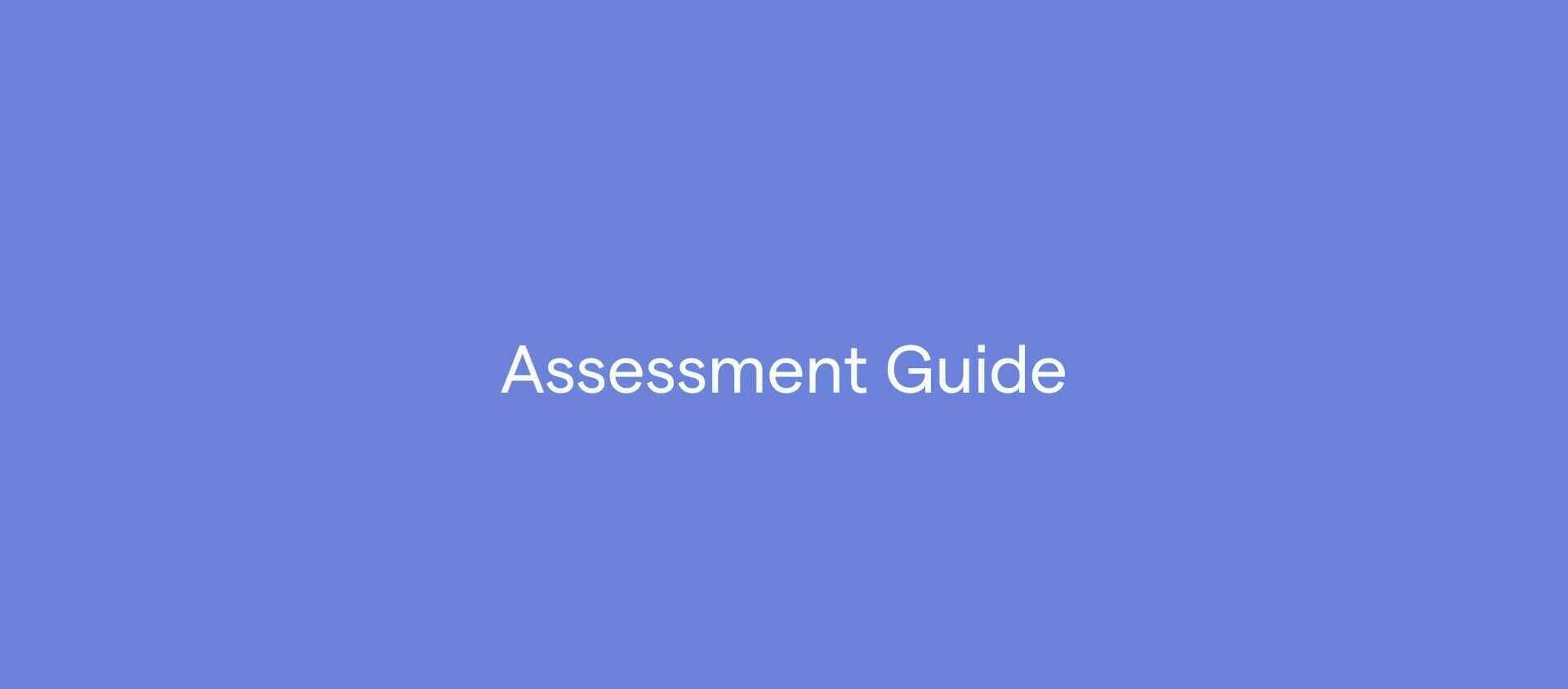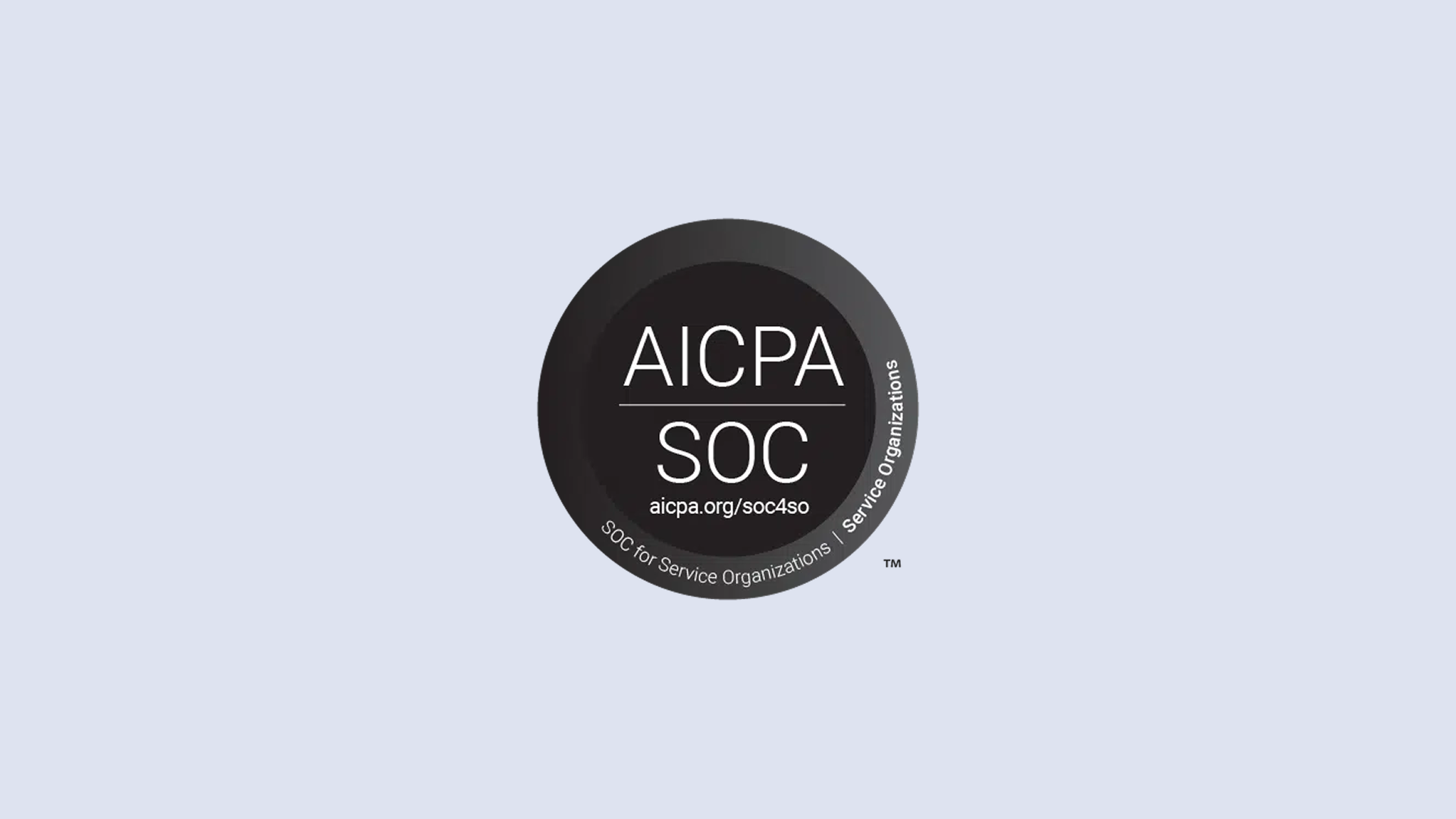
Relationship Assessment Scale (RAS)
Recommended frequency: Every 4 weeks
Summary
The Relationship Assessment Scale is a concise, 7-item self-report questionnaire developed to assess global relationship satisfaction. Developed by Susan S. Hendrick in 1988 and now widely used in both clinical and research settings, the RAS is designed to measure general relationship satisfaction across various types of romantic partnerships.
The RAS has been validated across diverse populations, including married couples, dating couples, cohabiting partners, and individuals involved in various intimate relationships. While the RAS is not intended as a diagnostic instrument, it serves as an effective screening and monitoring tool to measure and understand fluctuations in relationship satisfaction over time.
This article explores the key features, psychometric strengths, and practical applications of the RAS, offering valuable insights for providers looking to implement the scale in practice.
About the RAS
The RAS is a reliable and efficient tool to uncover how satisfied individuals feel in their romantic relationships. Rooted in extensive research on relationship quality and psychometric principles, it captures the overall sense of satisfaction that individuals experience in their current romantic relationships.
In an initial psychometric evaluation of the RAS , it was found to have a high internal consistency, and strong, consistent correlations with related constructs like love and self-esteem (Hendrick, 1988). The study also confirms that it effectively captures a unidimensional construct of relationship satisfaction, and remains consistent across different samples, including married couples, dating couples, and cohabiting partners, highlighting its versatility (Hendrick, 1988).
The RAS shows a very high correlation with other validated measures such as the Couples Satisfaction Index (CSI) and the Dyadic Adjustment Scale (DAS), a widely respected measure of relationship satisfaction. While the DAS offers a more comprehensive assessment with 32 items, and the CSI has additional flexibility with assessment length, the RAS provides a brief measure of global relationship satisfaction, which supports ongoing use and engagement throughout care. By leveraging a brief measure like the RAS throughout treatment, clinicians can better monitor changes in relationships satisfaction throughout care, leveraging results to collaboratively inform treatment discussions and goals.
The RAS features 7 questions and uses a 5-point Likert scale, ranging from 1 (low satisfaction) to 5 (high satisfaction). Adaptations of the RAS are available to accommodate various relationship types and demographic characteristics.
Assessments on Greenspace
Interested in learning more about how Greenspace can simplify and enhance your measurement practice?
Book a CallWho is the RAS For?
Review the list below to determine if this assessment can be used with your client. If you answer NO to the following questions, the RAS is likely a good fit to use with your client.
- Is your client currently single, meaning they are not involved in a romantic relationship, such as married, dating, or cohabiting?
- Is your client at risk of, or currently experiencing, intimate partner violence?
Note: In cases of intimate partner violence (IPV) or coercion, satisfaction scores may be misleading (someone may report “satisfaction” despite being unsafe).
The Relationship Assessment Scale
The RAS is a self-report questionnaire that can be filled out independently by clients before sessions or administered by a provider during sessions. It typically takes about 2 to 3 minutes to complete.
The scale uses a 5-point Likert format, where respondents rate how much they agree with each of the seven statements about their current relationship, with “1” indicating a low level of satisfaction and “5” reflecting a high level of satisfaction. Items 4 and 7 are reverse scored, meaning “1” indicates a higher level of satisfaction while a “5” indicates a low satisfaction level.
Individuals are encouraged to consider their overall feelings toward their relationship rather than focusing on isolated incidents or recent events. This approach helps capture a more stable and global measure of relationship satisfaction.
When introducing the RAS to clients, you might say, “To better understand your relationships satisfaction over time and what might influencing it, i’d like you to complete this brief questionnaire. I’ll have you complete it at regular intervals throughout care as a way to understand what’s working, what might need to change, and to set goals in treatment, so we both know we’re working towards what matters to you. When completing it, try to think about your relationship as a whole, rather than specific, isolated incidents or recent events. Your responses will help us decide together what areas we want to focus our discussion on.”
| 1. How often does your partner meet your needs? |
| 2. In general, how satisfied are you with your relationship? |
| 3. How good is your relationship compared to most? |
| 4. How often do you wish you hadn’t gotten in this relationship? |
| 5. To what extent has your relationship met your original expectations? |
| 6. How much do you love your partner? |
| 7. How many problems are there in your relationship? |
View the complete RAS questionnaire with scoring.
Scoring the RAS
Each question of the RAS is scored from 1 to 5. Summing up the responses to all seven items results in a total score ranging from 7 to 35. Remember that items 4 and 7 are reverse scored, meaning that if “1” was indicated for item 4, it would be assigned a score of 5, and vice versa.
Higher scores indicate greater relationship satisfaction, while scores below 15 may suggest low relationship satisfaction, signalling the need for further assessment or intervention.
| Score | Level of Relationship Satisfaction |
| 7 – 14 | Low satisfaction |
| 15 – 21 | Average satisfaction |
| 22 – 35 | High satisfaction |
While the RAS does not provide diagnostic cutoffs, it serves as an effective screening tool to assess relationship satisfaction and inform clinical discussions. Administering the scale routinely is recommended to track changes in relationship satisfaction over time, helping clinicians evaluate treatment progress and identify periods of low or high satisfaction that may require adjustments to treatment and support.
References
Adamczyk, K., Kleka, P., & Frydrychowicz, M. (2022). Psychometric functioning, measurement invariance, and external associations of the Relationship Assessment Scale in a sample of Polish Adults. Scientific reports, 12(1), 22157. https://doi.org/10.1038/s41598-022-26653-6
Dicke, A., & Hendrick, C. (1998). The relationship assessment scale. Journal of Social and Personal Relationships, 15, 137-142.
Hendrick, S. S. (1988). A generic measure of relationship satisfaction. Journal of Marriage and Family, 50, 93-98.
Vaughn, M. J., & Baier, M. E. M. (1999). Reliability and validity of the relationship assessment scale. American Journal of Family Therapy, 27, 137-147.












